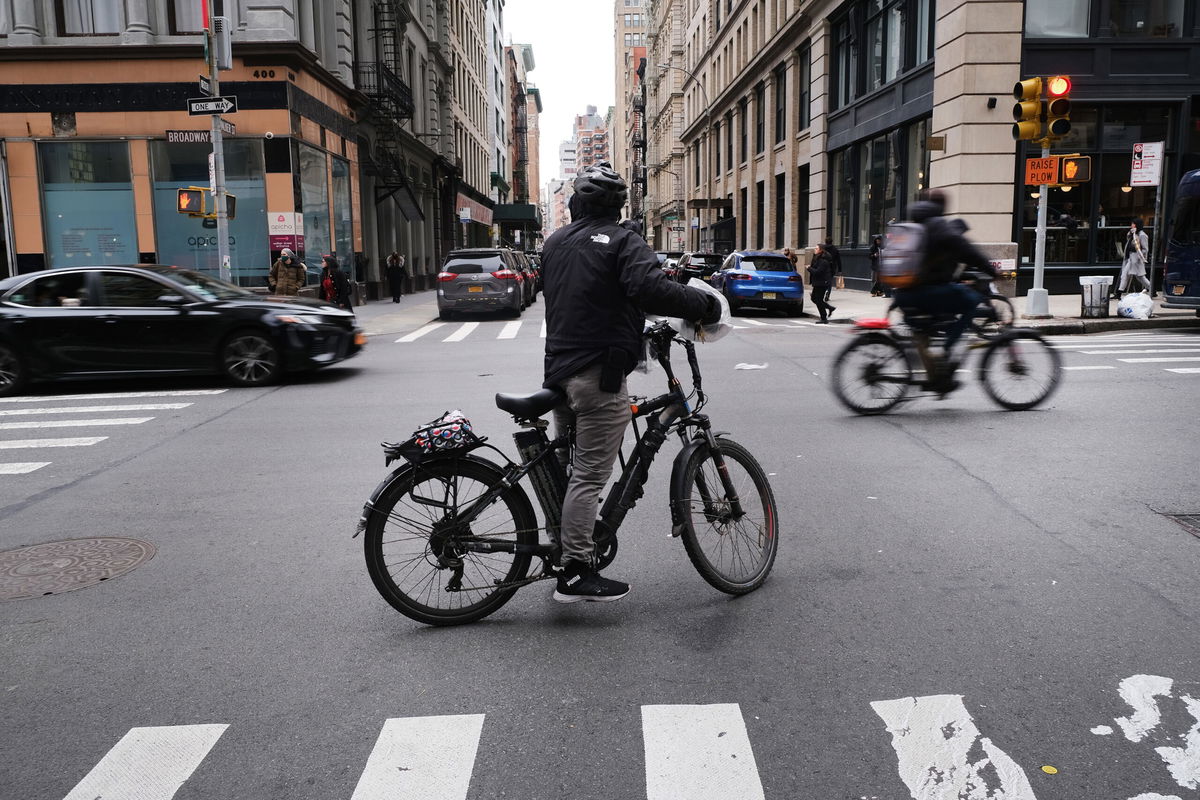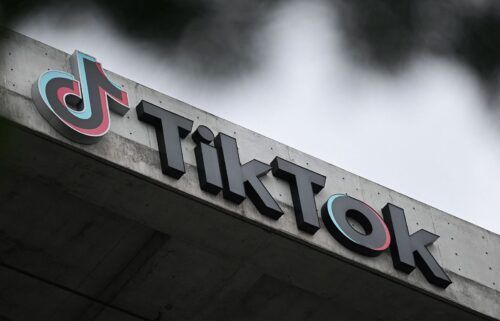Uber is funding an e-bike trade-in program to curb battery fires

An electric bicycle moves through the streets of Manhattan in November 2022 in New York City.
By Samantha Kelly
Uber is funding a new program that aims to get electric bikes with dangerous non-certified lithium-ion batteries off New York City streets.
The company said on Wednesday it will soon allow the thousands of New York City delivery workers who use e-bikes the ability to trade-in their bikes for newer, safer models.
The news follows a string of fires caused by lithium-ion batteries, which have been known to overheat when charging and cause massive explosions.
Earlier this week, the New York City police department said an e-bike’s lithium-ion battery was behind a fatal two-alarm fire in Queens. The FDNY’s Chief fire marshal John Hodgens said it was the 59th fire in the city this year caused by a lithium-ion battery.
Part of the issue is that not all lithium-ion batteries are created equal. UL-certified electric bikes and scooters come from reputable retailers and undergo extensive battery safety tests. But other online marketplaces, which some delivery workers may have turned to for more affordable options in the absence of company-provided options or subsidies, often make it hard to tell the origin of these products and the quality of their batteries.
To get more UL-certified e-bikes on roads, Uber is now partnering with e-bike company Zoomo to offer credit to delivery workers willing to swap their existing e-bikes for ones with higher-quality batteries. It will also offer rent-to-own pricing models and priority access to repairs and services.
Uber is also piloting a trade-in program with The Equitable Commute Project, a non-profit, to provide discounted UL-certified e-bikes in exchange for a “noncompliant device.”
“Delivery workers should not have to choose between making a living and safety,” said Josh Gold, Uber’s senior director for public policy, in a statement. “By providing discounts and exchange opportunities for new UL certified e-bikes and certified lithium-ion batteries, the expensive price tag that too often acts as a blocker to safety should no longer have to be a concern.”
Steve Kerber, vice president and executive director of UL’s Fire Safety Research Institute, previously told CNN the number of lithium-ion battery-based fires is growing with enormous frequency both in the United States and internationally, particularly when it comes to e-bikes and e-scooters. That’s due to an uptick in purchases of these products during the pandemic.
“People started to get overcharged for them and turned to manufacturers which happened to have lower quality control with the battery systems,” Kerber said. “The quality manufacturers are not having issues.”
Despite the concerns, lithium-ion batteries continue to be prevalent in today’s most popular gadgets, from smartphones and laptops to e-bikes and scooters. Some tech companies point to their abilities to charge faster, last longer and pack more power into a lighter package.
But Dylan Khoo, an analyst at tech intelligence firm ABI Research, previously told CNN that electric bikes and scooters use batteries which can be around 50 times larger than the one in a smartphone. “So when a fire does happen, it’s much more dangerous,” Khoo said.
All lithium-ion batteries use flammable materials, and incidents are likely the result of “thermal runaway,” a chain reaction which can lead to a fire or catastrophic explosion, according to Khoo.
“This process can be triggered by a battery overheating, being punctured, or an electrical fault like a short circuit,” Khoo said. “In cases where fires occur spontaneously while charging, it is likely due to manufacturing defects.”
Anyone with a lithium-ion battery should follow proper charging and battery usage guidelines, such as keeping them in a cool, dry place, and not leave it charging for too long or while you’re asleep. Batteries should also be routinely inspected to make sure there is no cracking, bulging or leaking, and people should always use the charger that came with the device or use one from a reputable supplier, according to researchers at the University of Michigan.
The-CNN-Wire
™ & © 2023 Cable News Network, Inc., a Warner Bros. Discovery Company. All rights reserved.



